Autoimmune Protocol Explained: Success lies in Diet and Lifestyle Changes
Autoimmune diseases affect millions of people around the world! And unfortunately, these numbers are forever increasing! The Autoimmune Protocol can be one useful tool to help manage symptoms.
For many, medication alone is not enough to manage symptoms. That’s why if you want to feel better, you will want to consider a comprehensive plan that includes both nutrition and lifestyle changes.
That is where the Autoimmune Protocol (AIP) comes in. Whether you are newly diagnosed or have been living with an autoimmune disease for many years. The AIP can help you reduce inflammation and start healing.
AIP can help you find the root-cause of what causes your flare ups and how to manage them to make you feel better. Below is my explanation of what AIP is.

This is simply my interpretation and understanding. Nothing in this blog is medical advice. What works for me, might not work for you. But perhaps, by sharing experiences we can learn from each other. Check here to read my full disclaimer.
What is AIP?
The Autoimmune Protocol (AIP) is a science-based approach. It aims to reduce inflammation and manage symptoms of autoimmune disease.
AIP is so much more than just a diet. As the name says, it is a protocol, the incorporates both dietary and lifestyle changes.
It is not just about what you eat. But also how you manage stress, focus on sleep, be active, build and maintain meaningful social connections and connecting with nature. One very important thing to note is that it is not a quick fix diet, but rather forms part of a lifestyle change.
It’s a protocol, a tool in your toolbox to help you manage your autoimmune condition. Elements of which you will want to try and incorporate into your life for the long term.

What are Autoimmune Diseases?
Autoimmune diseases occur when for some odd reason your immune system mistakenly attacks your body or a particular body part. This causes inflammation and is what makes us feel ill or off. Depending on the condition, this immune system may attack joints, organs, glands, skin, or the gut.
Some well-known autoimmune conditions include:
- Lupus
- Rheumatoid arthritis
- Type 1 diabetes
- Multiple sclerosis
- Crohn’s disease and ulcerative colitis
- Hashimoto’s thyroiditis and Graves’ disease
More alarming is that there are over 80 confirmed autoimmune conditions. Possibly even as many as 150.

The pillars of the Autoimmune Protocol
The pillars of AIP are very similar to the common pillars of general health and wellbeing.
1. Nutrition fuels the body. Essential nutrients, supporting cellular function, immunity, and energy levels, all form the foundation for all other aspects of health. A balanced healthy and nutrient dense diet helps prevent chronic diseases and promotes longevity.
2. Stress Management is crucial. Chronic stress disrupts hormonal balance, weakens the immune system, and increases the risk of mental and physical illnesses. Effective stress reduction techniques enhance resilience and emotional well-being.
3. Movement improves cardiovascular health, strengthens muscles and bones, and boosts mood through endorphin release. Regular physical activity also supports metabolic health and cognitive function.
4. Sleep is the body’s natural recovery system! It is essential for memory consolidation, immune defense, and emotional regulation. Poor sleep is linked to a higher risk of obesity, heart disease, and depression.
5. Connection – Social Connection fosters emotional support, reduces feelings of loneliness, and is linked to longer life expectancy. Positive relationships contribute to mental health and help buffer against stress. Connecting with nature reduces stress, definitely improves mood, and enhances cognitive performance. Time outdoors encourages physical activity and supports circadian rhythms, which again improves sleep.

The diet component of the Autoimmune Protocol: Core vs. Modified
Core Autoimmune Protocol (Original Elimination Protocol)
The original, or core, AIP elimination diet removes a broad range of foods. These are known to commonly cause inflammation in many, and thus trigger autoimmune reactions in many people:
- Processed foods, alcohol, and refined sugars
- Grains and legumes
- Dairy and Gluten
- Nuts and seeds
- Eggs
- Soy
- Nightshades (e.g., white potatoes, tomatoes, eggplant, peppers)
This strict elimination phase is designed to give the immune system a break and reduce chronic inflammation. Giving the gut time to heal.
Modified Autoimmune Protocol
The modified AIP protocol is a more flexible version. It is based on clinical studies and practitioner experience. Thus it allows for a bit more flexibility and variety. Things are always evolving, as as new information comes to light, updates are made. The modified AIP is relatively new and was released in January 2024.
The modified version of the diet allows certain foods that were previously eliminated . Generally these foods have been found to be well tolerated by many people:
- Allowed: Rice, ghee (clarified butter), legumes (except soy and peanuts), and most seeds
- Still avoided: Most dairy, nightshades, soy, peanuts, and eggs
The modified AIP offers an easier starting point. Especially for those who find the Core version too restrictive, too time consuming or too expensive. It also allows for some more variety, which can make it easier to stick to the diet.
Get access to the FREE Resource Library to download lists of all the foods that are allowed or should be avoided for either the Core AIP diet or the Modified AIP diet. Also avaialble are the Reintroduction Stages.

Elimination, Reintroduction, Maintenance: How the diet component of AIP Works
The elimination diet of AIP isn’t meant to be followed forever. It’s a phased protocol with three main stages:
- Elimination Phase: Typically lasts at least 30 days. This time will allow the body to reduce inflammation and begin healing. If you see improvement after 90 days, it could be an indicator that you may need professional troubleshooting or extra support.
- Reintroduction Phase: This phase is crucial. You can begin it once you notice measurable symptom improvement. There is no need to wait for full remission. You can reintroduce foods one at a time. Keep track of your symptoms and how your body responds.
- Maintenance Phase: Once you have figured out what works for you, you will want to stick to this for as long as you feel better
Very important is to know, that things can, and most likely will change. Life happens and stress events may change things up. So if you notice that your symptoms reappear, you might want to revisit elements of your diet, to see if there are any new triggers.
You might have to cut out some foods, but you might also be able to reintroduce new foods. It is my understanding, that this will become an ongoing part of our future. Trial and error! Don’t give up!

Who is AIP for?
Is AIP for you?
- Are you motivated to help figure out what is the root causes of your symptoms?
- Do you prefer a non-pharmaceutical or complementary healing approach?
- Are you experiencing chronic inflammation, even without a formal autoimmune diagnosis?
- Are you ready to make lifestyle changes, not only dietary ones?
If you are on medication, you do not want to stop that. Instead you might want to speak to your health care provider and discuss AIP with them. AIP can work alongside medication.
I was diagnosed with Hashimoto’s and I am not on medication, as my TSH levels are still within the “normal” range. But I have seen great benefits in following AIP. I am good at incorporating some pillars, not so good at others. It is a work in progress!

Possible Challenges
The Autoimmune Protocol can be a powerful tool for managing symptoms and improving quality of life. But, it is important to understand that it also comes with challenges—especially in the beginning.
1. It can be restrictive.
The elimination phase cuts out many common foods, which can feel overwhelming at first. This can make social situations such dining out and travelling a lot more difficult. Planning and preparation are very important here!
2. It takes time and commitment.
AIP is not a quick fix. It requires consistency, patience, and attention to how your body responds. You should consider keeping a food and symptom journal throughout this process. This will help with the reintroduction phase of the diet.
3. Nutritional balance matters.
The elimination phase of the diet is very restrictive. It is important to make sure you are still getting all the nutrients your body needs. Make sure you consume nutrient dense foods and if needs be, get some guidance to help you along the way.
4. Emotional and mental load.
Lifestyle changes like stress reduction, better sleep, and exercise are central to AIP. However, making all these adjustments at once can be very overwhelming. Remember, it takes time to build new habits. Take it one step at a time. This is supposed to reduce stress, not create stress!
5. It may not work for everyone.
As with any health approach, individual results will vary. Some people see major improvements quickly. But others may need medical or nutritional support to address underlying issues.
That is why it is important to approach AIP as a tool—not a cure—and to get support when you need it. The goal is progress, not perfection.
Speak to your health care provider
The pillars of the Autoimmune Protocol are generally seen as the key pillars of health, in some form or another. So I can’t see how any of the lifestyle changes are bad for you. But, with the restrictive diet you might want to make sure that it is a tool in your healing journey. Before starting AIP, you might want to consult your healthcare provider.
This is not a one-size-fits-all!

Final Thoughts: A Personalized Approach
The Autoimmune Protocol isn’t a one-size-fits-all solution. It’s a flexible plan that can be changed to fit your needs. It helps you listen to your body, find out what triggers symptoms, and creates a sustainable path to wellness.
With more research and support from trained professionals, AIP continues to evolve. It is becoming more accessible, flexible, and effective for people navigating autoimmune conditions.
I hope you can incorporate elements of AIP into your healing journey. If you have had any success or any lessons you learnt, I would love to hear from you!
Together, we can do this!


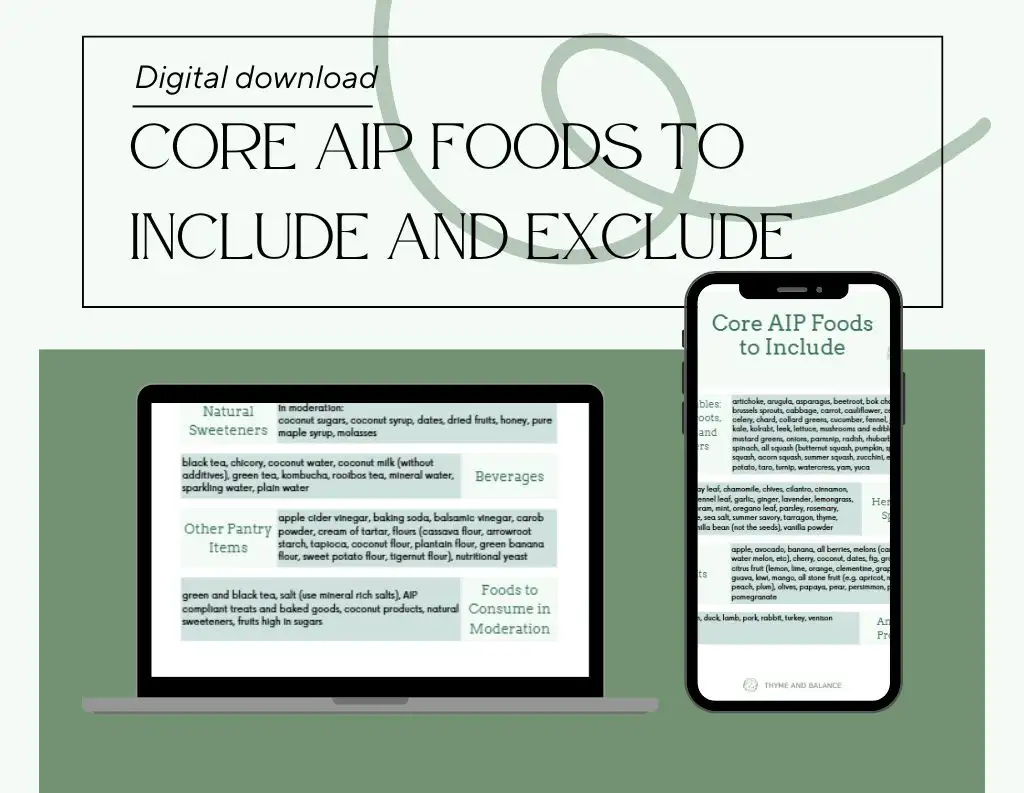
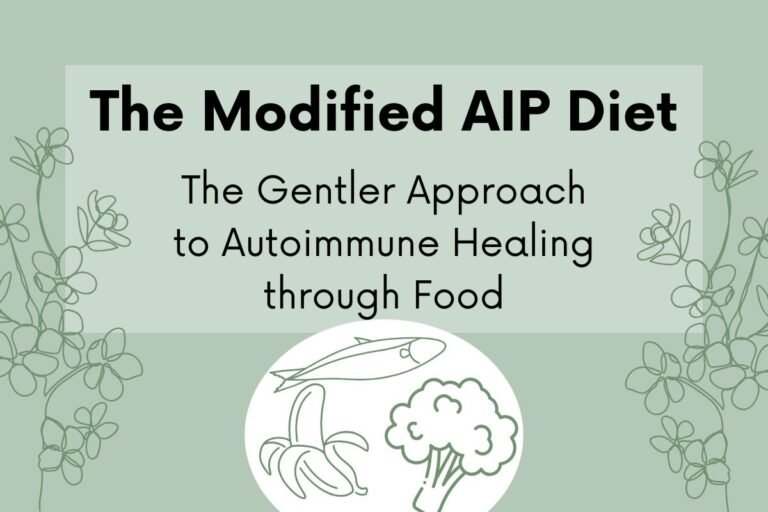
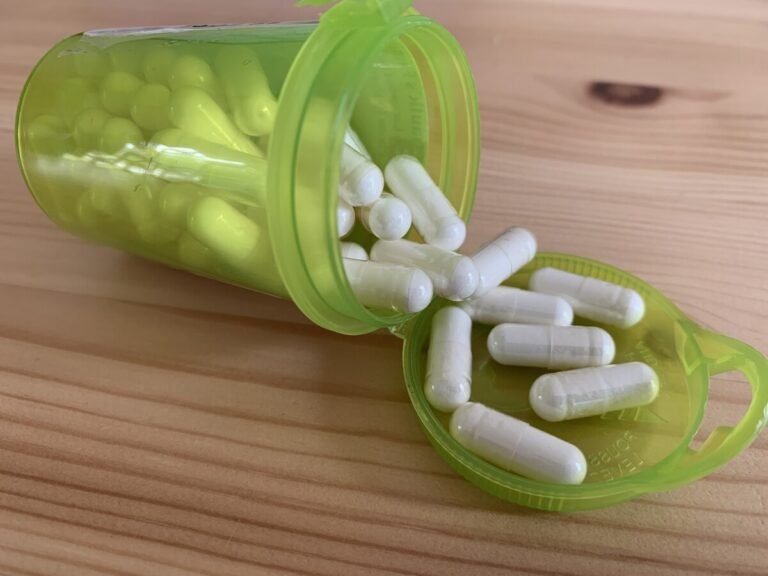

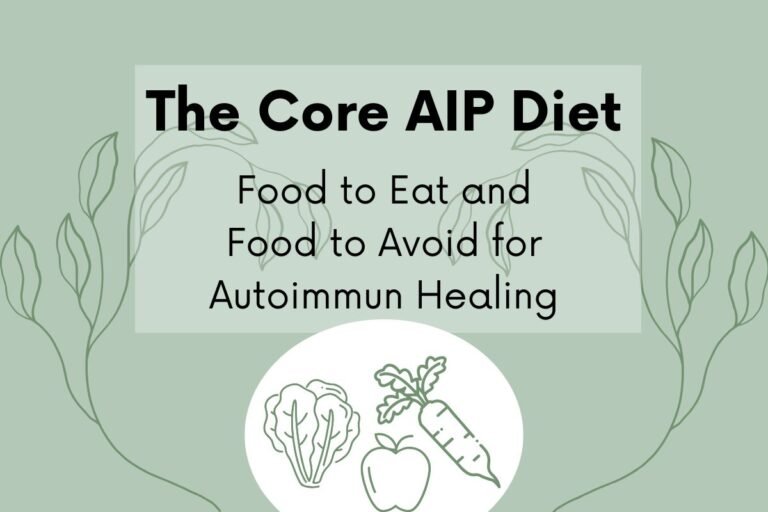
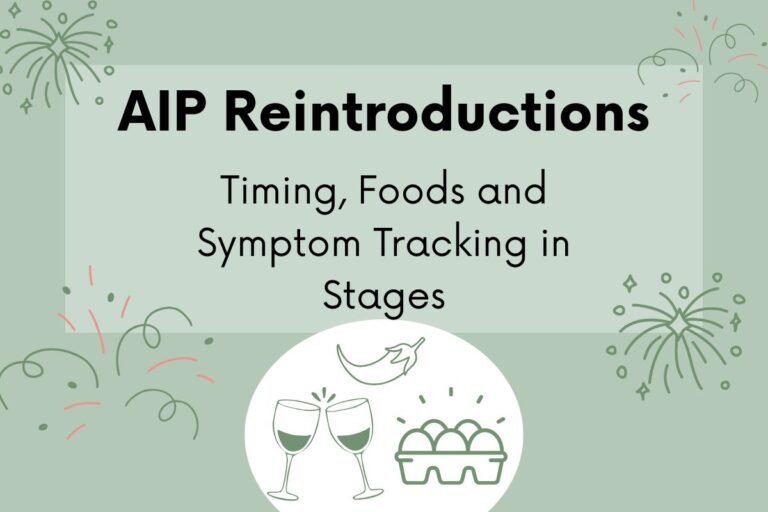
Thanks for sharing this! I’m really trying to be more intentional about my health, and I found this breakdown of the AIP pillars so helpful. Nutrition and stress management especially hit home for me—I’m learning just how much stress can affect everything, not just mentally but physically too. It’s encouraging to see how these foundational practices can really support long-term well-being. Looking forward to reading more!
These are indeed the pillars of a healthier life, not just for people living with autoimmune disease! We could all do with these little reminders every now and then! Stress has been a huge driver of my flarups recently, so managing stress has become critical to me! Glad you found this article useful!